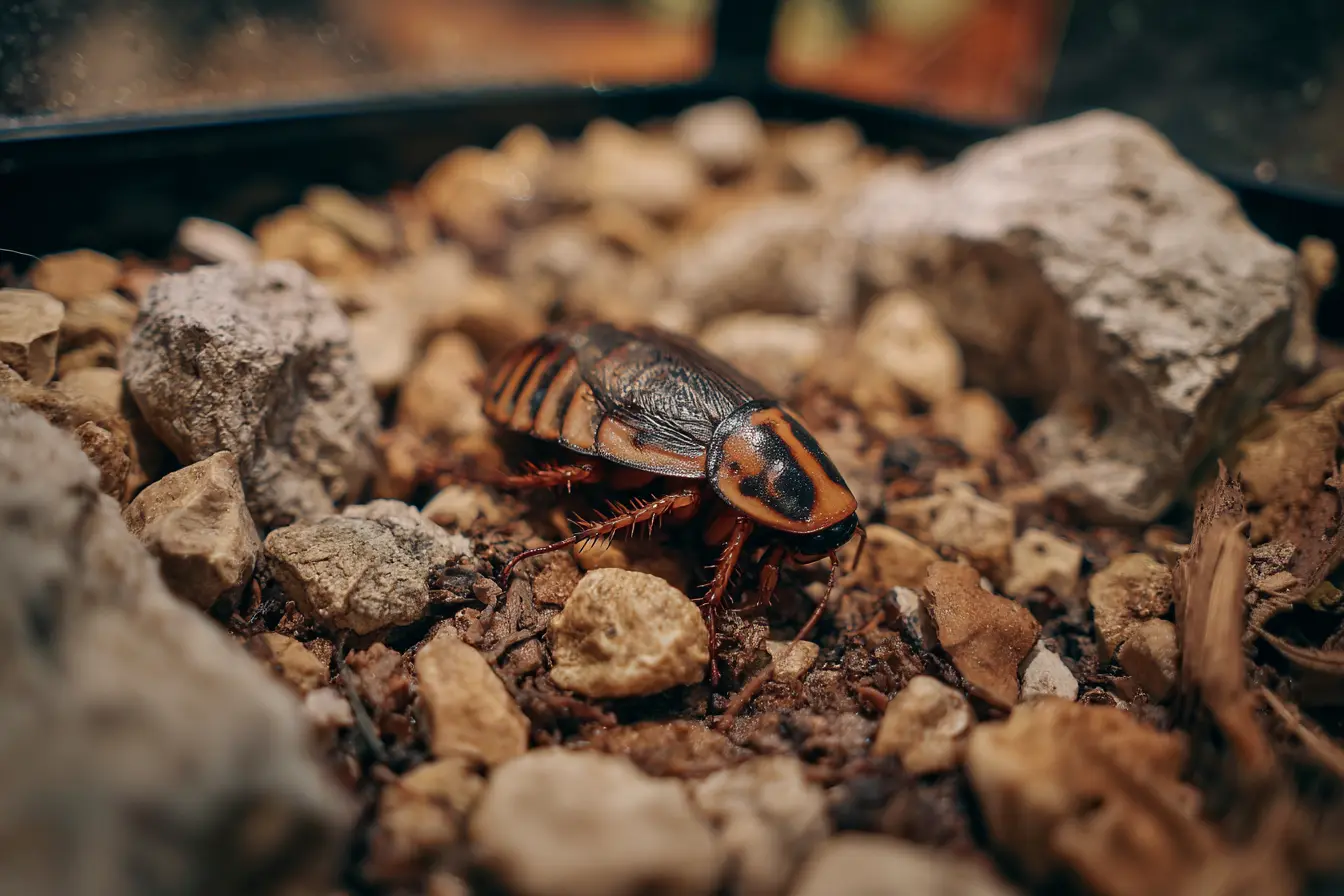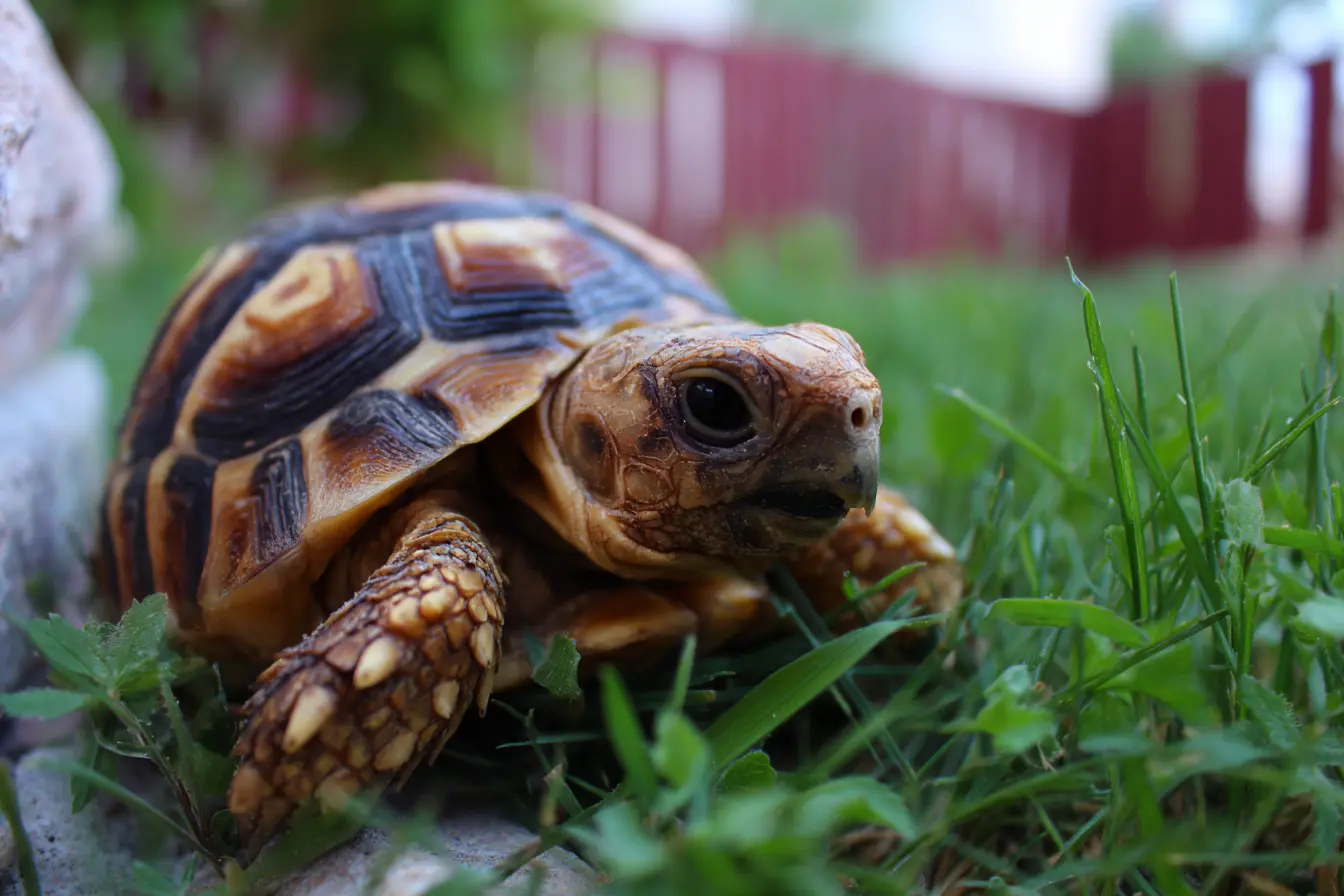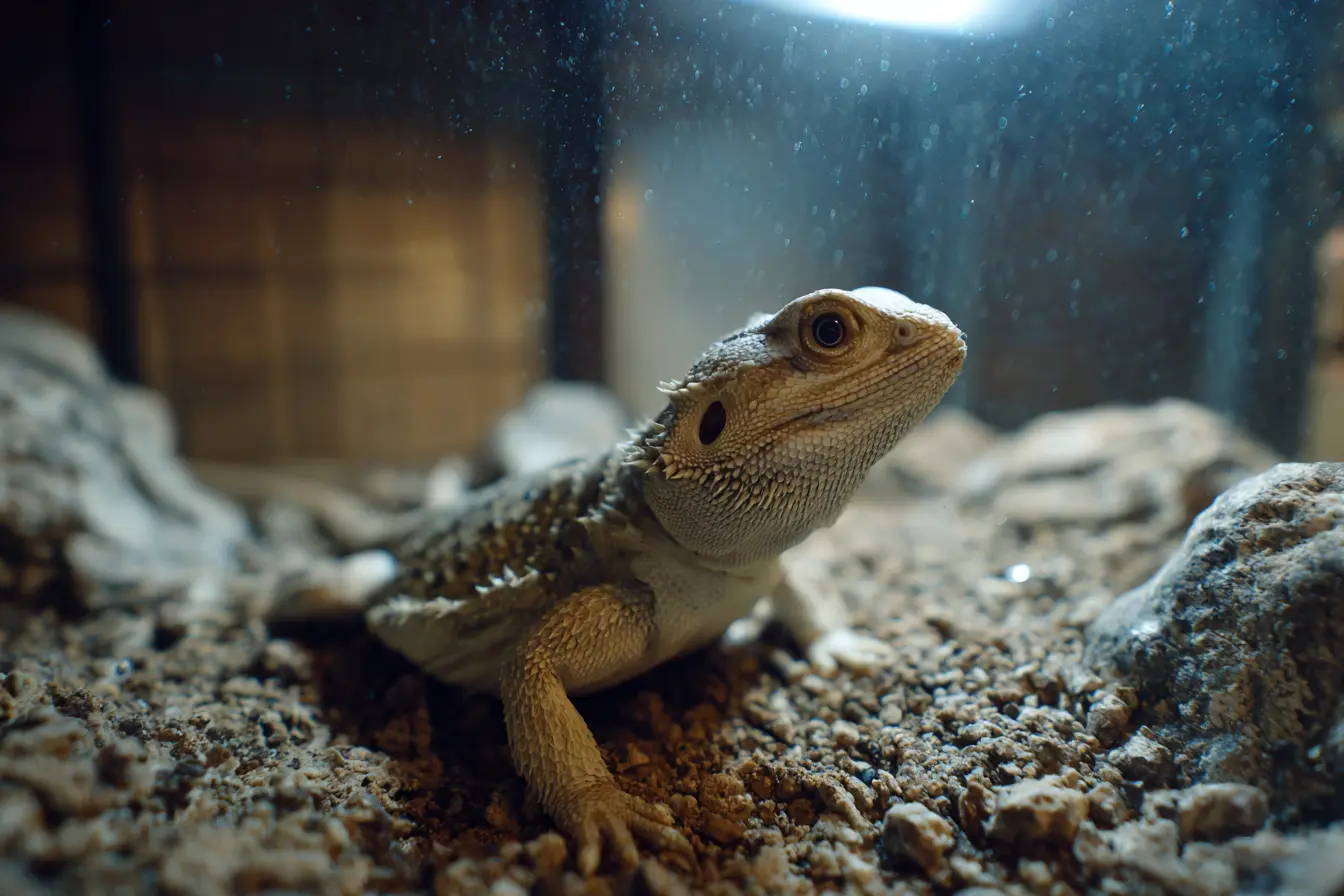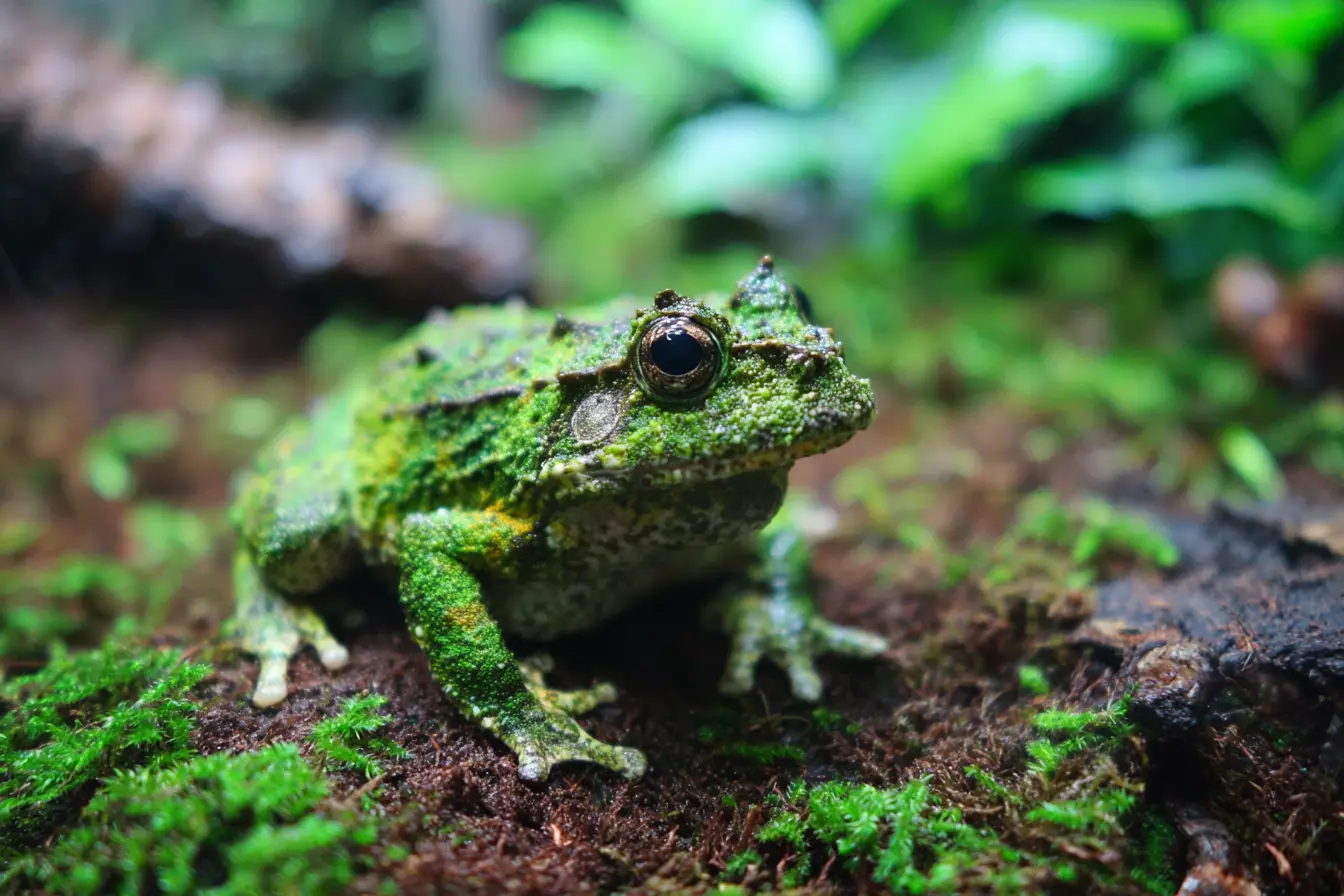
How to Stop Stick Insects from Breeding
Stick insects are fascinating and low-maintenance pets. However, they are prolific breeders which can reproduce without mating through parthenogenesis. Without intervention, a single individual can result in hundreds of offspring in a matter of months.
This guide explains the different methods you can use to prevent stick insect breeding and manage populations responsibly.
Why Stop Stick Insect Breeding?
Uncontrolled breeding can quickly lead to:
- Overcrowded enclosures
- Increased risk of disease and stress
- Difficulties in providing sufficient food and care
- Ethical concerns about surplus insects
- The risk of environmental issues if released accidentally
By managing breeding proactively, owners can ensure a healthier and more sustainable environment for their stick insects.
Understanding How Stick Insects Breed
Most common pet stick insects lay eggs whether they have mated or not. In many species:
- Parthenogenesis occurs, where females lay fertile eggs without needing a male.
- Eggs are simply dropped onto the enclosure floor.
- Eggs can hatch in as little as 2–5 months depending on temperature and humidity.
Because of this natural reproductive strategy, even a single stick insect can populate an enclosure rapidly if steps are not taken.
Methods to Stop or Control Breeding
Remove and Destroy Eggs Regularly
Since stick insects lay eggs continuously:
- Check the enclosure floor at least once a week.
- Collect and remove any eggs you find.
- Destroy the eggs by freezing them for 48 hours or crushing them before disposing of them.
This is the most practical and humane method for most keepers.
Tip: Use a soft brush to gently sweep eggs off the substrate without harming the insects.
Adjust Environmental Conditions
Stick insect eggs require specific conditions to hatch:
- Warm temperatures (20°C to 25°C)
- Moderate humidity (60% to 70%)
You can discourage egg development by:
- Keeping the enclosure cooler, ideally between 16°C and 18°C, while ensuring it does not harm the adult insects.
- Reducing humidity by misting less frequently and increasing ventilation.
While this method does not stop egg-laying, it can dramatically slow down hatching rates.
Important: Monitor adults carefully to ensure they are not negatively affected by changes in temperature and humidity.
Keep Single-Sex Groups
For species that reproduce sexually (not by parthenogenesis):
- Keep groups composed only of males or only of females.
- Prevents fertilisation and reduces the viability of any eggs laid.
Again, careful sexing of individuals is needed, which is easier at juvenile or adult stages.
Avoid Incubating Eggs Accidentally
Sometimes keepers inadvertently incubate eggs without realising:
- Do not leave collected eggs on damp substrates or in warm, humid conditions unless you intend to hatch them.
- Store unwanted eggs in a dry container at room temperature if awaiting disposal.
Eggs kept dry and cool are far less likely to hatch.
Ethical Considerations
- Always dispose of eggs responsibly. Never release stick insects or their eggs into the wild.
- Releasing non-native insects can severely damage local ecosystems.
- Avoid culling live nymphs unless absolutely necessary; preventative measures (such as egg removal) are much more humane.
- Consider rehoming excess insects if accidental breeding occurs, through local exotic pet groups or educational programmes.
What to Do if Eggs Have Already Hatched
If you find yourself with unexpected baby stick insects (nymphs):
- Separate them from adults if possible, to prevent accidental injury.
- Provide an appropriate food source such as fresh bramble or rose leaves.
- Consider rehoming nymphs responsibly if you cannot care for them all.
- Reduce environmental conditions (cooler temperatures and lower humidity) slightly to slow down their development if necessary.
Never release surplus nymphs into the wild.
Legal Considerations in the UK
- Most commonly kept stick insect species are legal to own and breed in the UK.
- However, it is illegal to release non-native species into the wild under the Wildlife and Countryside Act 1981.
- Stick insects must be managed responsibly to avoid ecological disruption.
Final Thoughts
While stick insects are captivating pets, they are prolific breeders by nature. Without intervention, even a single insect can result in hundreds of offspring. By taking simple, proactive steps such as removing eggs, adjusting environmental conditions, or controlling group composition, you can enjoy keeping stick insects without facing overwhelming population growth.
Vets near you
Speciality vets
- Aquatics vet specialists
- Birds vet specialists
- Camelids vet specialists
- Cats vet specialists
- Cattle vet specialists
- Deer vet specialists
- Dogs vet specialists
- Equines vet specialists
- Exotic vet specialists
- Goats vet specialists
- Pigs vet specialists
- Poultry vet specialists
- Sheep vet specialists
- Small Mammals vet specialists
- Wild vet specialists



